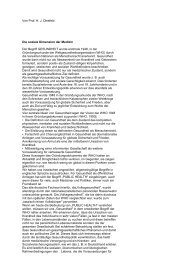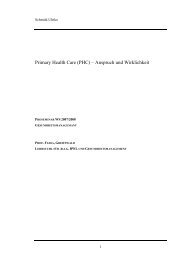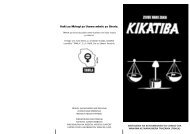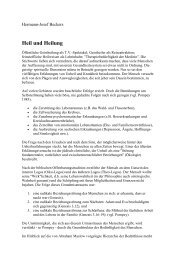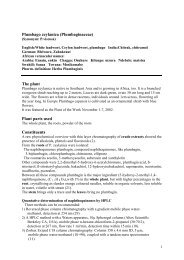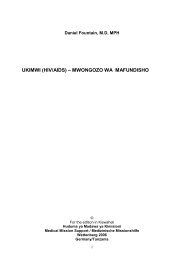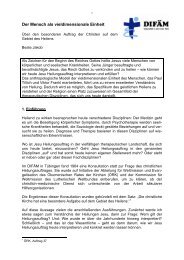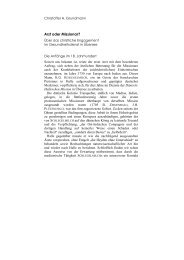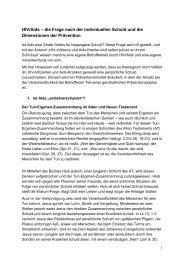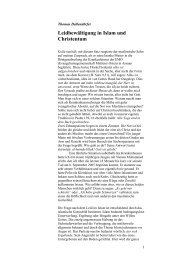(PHCII) - MMH/MMS
(PHCII) - MMH/MMS
(PHCII) - MMH/MMS
You also want an ePaper? Increase the reach of your titles
YUMPU automatically turns print PDFs into web optimized ePapers that Google loves.
3.4. STUDY POPULATION<br />
The population sample was drawn from:<br />
- Women in bearing age groups who had experienced pregnancy and delivery.<br />
- Health providers in respective villages<br />
- Village leaders and influential people.<br />
- Women's groups in Kigoma district.<br />
3.4.1. SAMPLING TECHNIQUE<br />
A multistage sampling method was employed where by:<br />
Simple random sampling was used to select two divisions out of six divisions. Four (4)<br />
wards from the selected divisions were selected by simple random sampling. Two (2)<br />
villages from each ward were selected through simple random sampling to make a total<br />
of eight (8) villages for study.<br />
Systematic random sampling was applied to select fifty (50) households from each<br />
village, at a regular interval of six (6) until a sample size of 400 respondents was obtained<br />
for women of bearing age who had experienced pregnancy and delivery.<br />
For focus group discussions, this was conveniently selected after consultations with<br />
village leaders in the respective village.<br />
Eight (8) focus group discussions, one (1) from each village, which comprised of eight<br />
(8) participants, were involved. Thus making a total of sixty-four (64) respondents.<br />
Groups involved were village leaders and influential people, Community Own Resource<br />
Persons including TBAs, Health workers and women groups found in the village<br />
12




